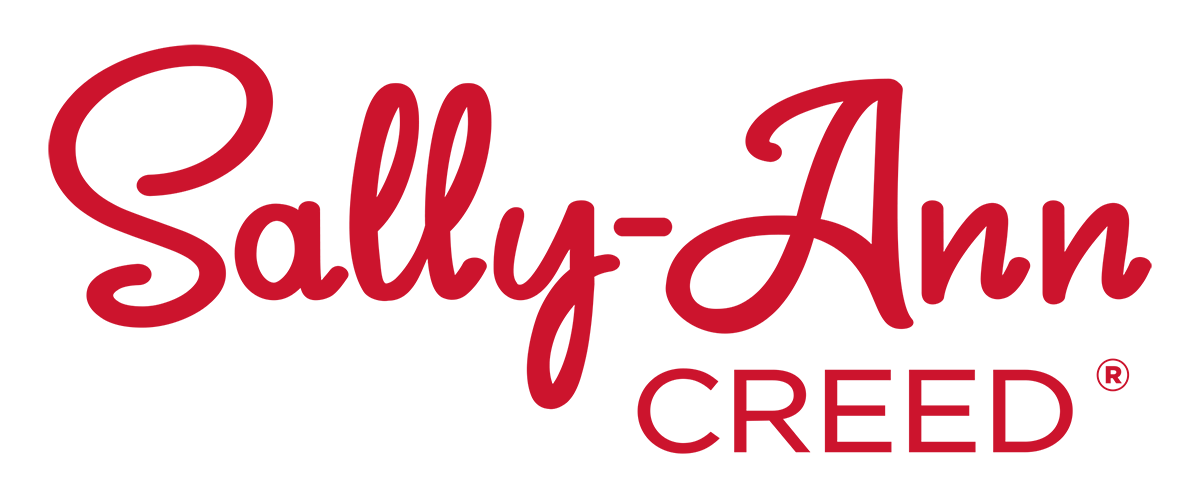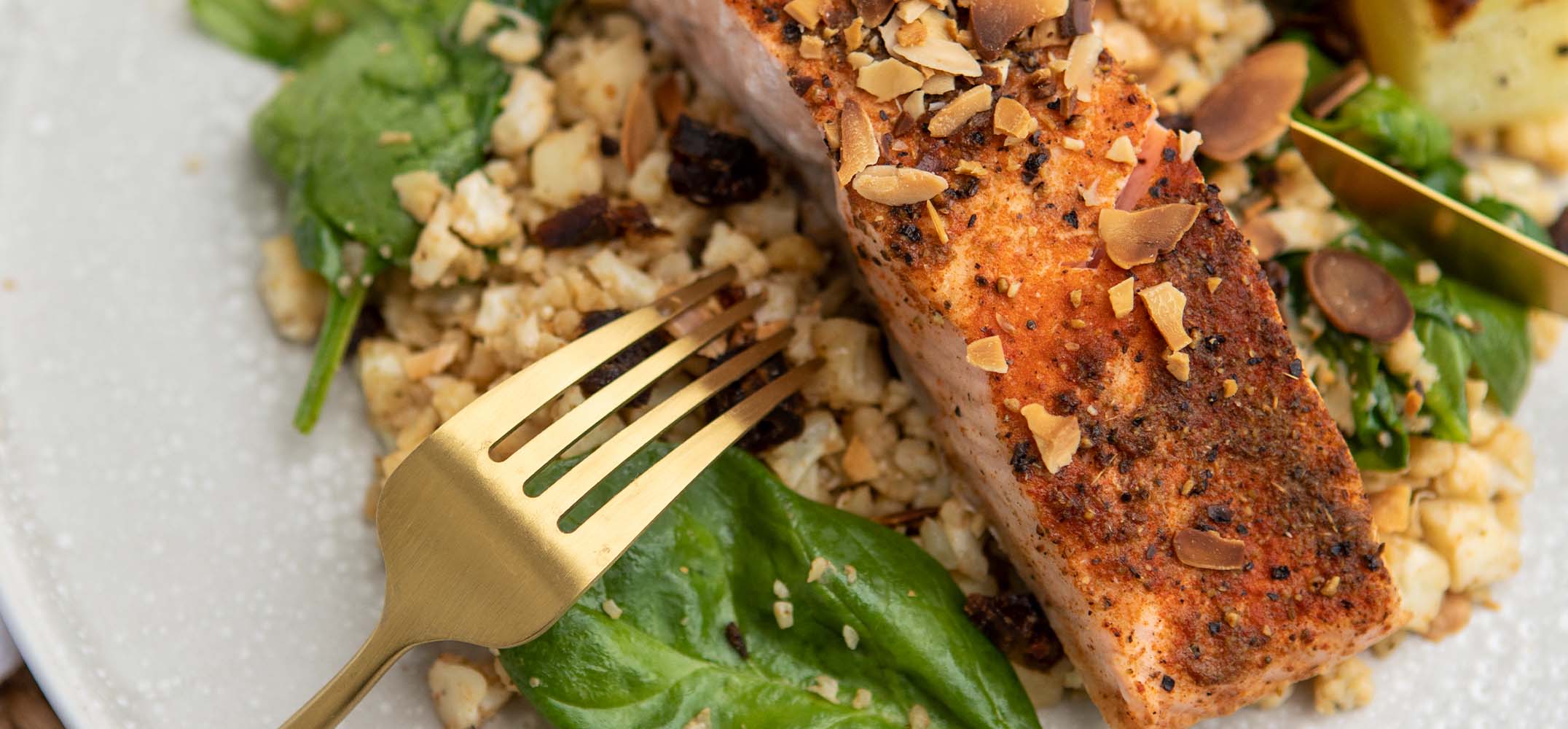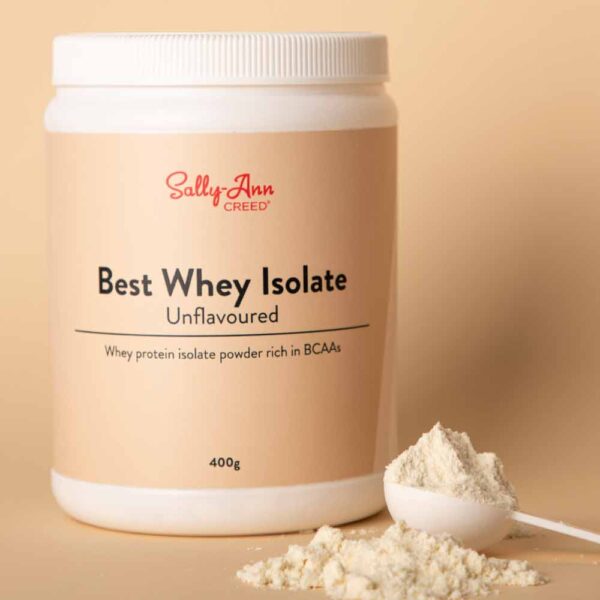If you really want to follow a proper Paleo, Keto, or low-carb lifestyle, you shouldn’t be buying ANYTHING that is not real food (meat, veg, fats etc) – in fact nothing you don’t make and/or cook yourself. You won’t buy “keto-friendly” rusks, “keto-friendly” drinks or processed products, because you’ll be out of ketosis in no time and departing from the ethos of keto. If you are following a Paleo lifestyle, which absolutely demands only fresh, whole food – you’ll be eating nothing processed whatsoever!
Keto and Paleo are both about REAL food, but Paleo would be the strictest when it comes to healthy living (in our view). Many products boast that they are “keto friendly”. It’s either Keto or it’s not – nothing is “Paleo friendly”, “low carb friendly” or “keto friendly”. The same goes for banting and all the other buzzwords around this type of lifestyle. There are, however, some cross-overs in all these lifestyles, as you’ll see from the picture.
Paleo
This is a healthy diet based on whole food and may also be the answer to both your health and weight issues for good. It will definitely make you feel fabulous as it improves:
- Muscle tone
- Skin & wrinkles
- Boosts mood
- Boosts immunity and enhances healing
The other fantastic thing about living a paleo lifestyle is that it’s all-out eating simply to affect healthy, long-term change. You can count on improved levels of health, freedom from aches and pains and getting rid of chronic inflammation and fatigue. These are just a few of the great changes you can look forward to because a paleo lifestyle is:
- Nutrient-rich
- Anti-inflammatory
- Hormone modulating
A Paleo diet also helps the body reset and rebuild a stronger cellular system because of the foods which are easily absorbed and digested most efficiently by your body, including:
- Vegetables
- Fruits
- Lean meats/eggs
- Seafood
- Naturally occurring healthy fats
Paleo demands that we have NO processed food, no sugars, no alcohol and very few starches and those you do have are from vegetables only, as no grains are eaten and little or no dairy.
Keto
This is quite different from Paleo and not recommended for everyone, whereas Paleo can be recommended for everyone. Keto is a diet very high in fat, very low in carbs and a moderate amount of protein. The aim is to burn and utilise fat for energy instead of relying on carbs. The burning of fat instead of glucose is known as ketosis. This lifestyle can certainly help weight loss, balance blood sugar and insulin levels and help you become healthier, but it’s hard work, and very difficult to sustain. You need to know that before you start, plus it’s contra-indicated in pregnancy, lactating women and those with thyroid problems – as well as a few other health conditions – so make sure you don’t leap into this without sound advice.
Keto, in our humble opinion, is best suited to young, healthy athletes. We also recommend that you not remain in keto for too long. Rather do what is called a ‘carb cycle’ where you go keto for a fixed amount of time, then break keto, returning after a few weeks. I don’t believe it is sustainable or healthy (our personal opinion) for too long for a number of reasons. However, benefits you can expect include:
- Enhanced endurance and performance
- A boost to your metabolism
- Weight loss (most of the time but certainly not always, especially in women)
What’s the difference?
Very often people think the only difference between paleo and keto is the amount of carbs involved and the ratio of fat to carbs to protein, but there’s much more to it (I’m only scratching the surface. Paleo & Keto both include these foods:
- Wild-caught fish
- Avocados
- Non-starchy vegetables
- Drink plenty of clean water
- Pasture-reared meats/eggs
- Bone broths
Both Paleo and Keto avoid alcohol, sugar, processed food, damaged seed oils, junk food and packaged foods. Paleo can help you feel energised and refreshed from the start, while adjusting to Keto can often cause detox-like symptoms of what’s sometimes called “Keto flu” which is very unpleasant. Some people even get a nasty keto rash.
Where keto cuts out almost all carbs, Paleo is more concerned with the quality of food. Both Paleo and Keto allow you to consume carbs – but the ratio is vastly different – although both are low-carb eating plans. Keto allows very few carbs in order to enter a state of ketosis even eliminating certain vegetables and virtually all fruit. Paleo living strongly discourages dairy while Keto encourages certain types of dairy – grass-fed butter and Greek yoghurt are among some of the dairy options that are high in fat and low in carbs for the Keto lifestyle.
So which is best for you?
Although there are several similarities between Keto and Paleo, their philosophies are definitely different. Keto is focused on metabolic change while Paleo focuses on a holistic approach with your food choice as most important. Unlike Keto, Paleo focuses a lot on lifestyle changes. Keto is more about getting into ketosis whereas Paleo is about a new lifestyle and eating regimen for life. Our personal preference is Paleo. Sally-Ann lived more or less this way for 3 decades, and wouldn’t change it for the world! It’s the easiest and most effective of all. xx







